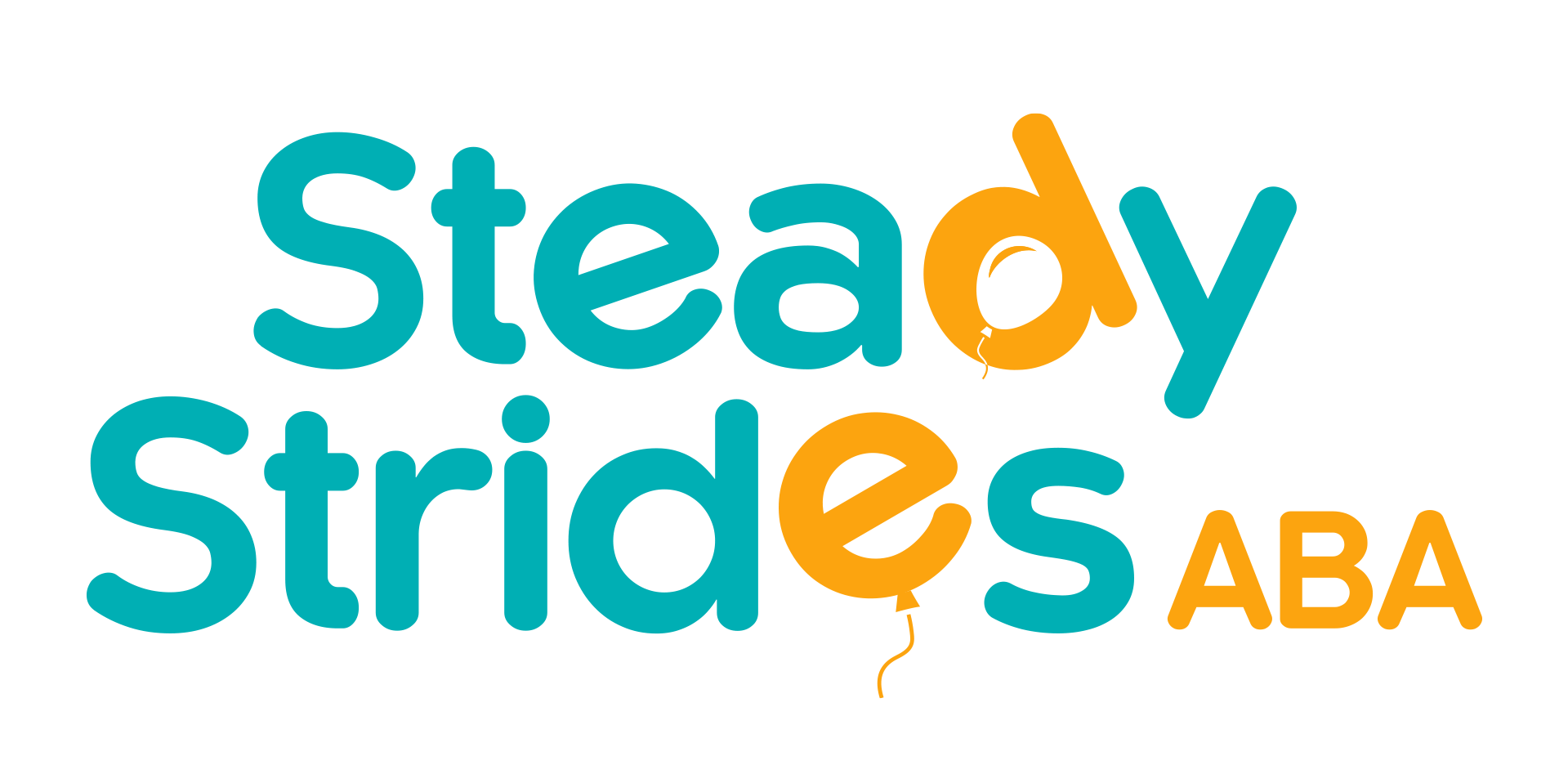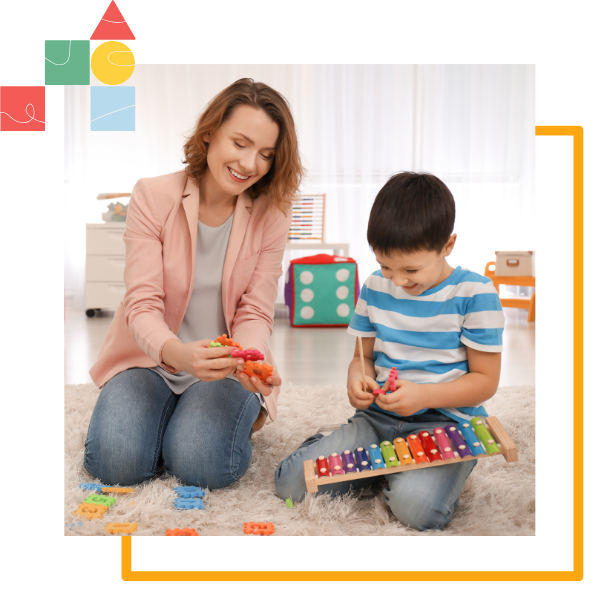ABA therapy has become a beacon of hope for many families seeking support for children with autism or behavioral challenges. Understanding the success stories associated with ABA therapy can provide you with valuable insights into its effectiveness and transformative power.
Understanding ABA Therapy Success Stories
Success stories in ABA therapy often serve as powerful motivators for families considering this treatment. These accounts illustrate the strides children can make in various aspects of their lives, highlighting improved communication, social interaction, and behavioral management. Each story is unique, but they all share a common thread: positive change is possible through dedication and tailored interventions.
| Success Area | Percentage of Improvement |
|---|---|
| Communication Skills | 75% |
| Behavioral Management | 68% |
| Social Interaction | 70% |
These statistics showcase the measurable impact that ABA therapy can have on children with developmental challenges.
Importance of Hearing about ABA Therapy Results
Hearing about ABA therapy results is crucial when making decisions for your child. These stories not only outline the benefits of the therapy but also provide hope and reassurance. Testimonials from other parents can help you understand what to expect, as well as the potential for progress.
Furthermore, results from ABA therapy highlight that consistent efforts by therapists, caregivers, and parents collectively contribute to a child's success. Documenting these outcomes serves as a reminder that every step, no matter how small, is significant in the journey of growth and development.
| Key Factors Contributing to Results | Impact Level |
|---|---|
| Regular Sessions | High |
| Parent Involvement | Very High |
| Customized Approaches | High |
By sharing and learning from these stories, you gain a broader perspective on the possibilities of ABA therapy. Engaging with the experiences of others can empower you to take proactive steps towards enrolling your child in this beneficial program.
Factors Contributing to Success
When considering ABA therapy for your child, it's essential to understand the key factors that contribute to successful outcomes. The collaborative effort between dedicated professionals, consistent sessions, and personalized treatment plans plays a significant role in achieving positive results.
Dedicated Therapists and Support Team
Having a dedicated team of therapists is crucial for the effectiveness of ABA therapy. These professionals not only bring expertise and knowledge but also a genuine commitment to the success of your child. A strong support system often includes
behavior analysts, therapists, and family members, all working together to ensure that your child receives the best possible care.
| Role | Contribution to ABA Therapy Results |
|---|---|
| Behavior Analyst | Develops and oversees the treatment plan |
| Therapist | Implements interventions and provides individual support |
| Family Members | Reinforce learning at home and provide emotional support |
Consistent Therapy Sessions
Regular and structured therapy sessions are vital for the progress of your child. Consistency helps reinforce the skills being taught and allows for the tracking of progress over time. The frequency of sessions can vary based on the child's specific needs.
| Session Frequency | Typical Duration | Progress Tracking |
|---|---|---|
| 2-5 times a week | 1-3 hours each session | Monthly assessments |
Tailored Treatment Plans
Every child is unique, and their ABA therapy should reflect their individual needs. Customized treatment plans ensure that interventions are specific and relevant to your child's goals. This personalization not only addresses the behavioral challenges but also considers the child’s interests and strengths.
| Key Elements of a Tailored Plan | Description |
|---|---|
| Goals and Objectives | Specific outcomes defined for therapy |
| Interventions | Techniques chosen based on child’s needs |
| Data Collection | Continuous monitoring of progress |
Understanding these factors can help you appreciate how ABA therapy can lead to positive changes in your child's behavior and skills. By choosing a dedicated team, maintaining consistent sessions, and employing a tailored approach, you can optimize your child's chances for success in ABA therapy.
Setting Realistic Expectations
Understanding the intricacies of ABA therapy and its outcomes is vital for parents considering this approach for their children. Setting realistic expectations can help manage hopes and guide you through the therapy journey.
Progress Over Perfection
It's essential to recognize that the aim of ABA therapy is not immediate perfection but gradual progress. Each child develops at their own pace, and significant improvements may take time to manifest. It is crucial to focus on the small advancements that occur throughout the process.
Progress indicators typically include:
- Communication Skills: Increased vocabulary or willingness to communicate.
- Behavioral Changes: Reduction in the frequency of negative behaviors.
- Social Interactions: Engagement in play or conversations with peers.
Celebrating Small Wins
Every success, no matter how small, should be acknowledged and celebrated. Small victories contribute to a child's overall improvement and boost their confidence. Celebrating these moments can encourage continued effort from both the child and the family.
- Verbalizing Needs: Praising your child for expressing desires or concerns.
- Sharing Toys: Acknowledging when your child shares their toys with others.
- Following Instructions: Recognizing when your child completes a task independently.
Understanding the Journey of ABA Therapy
ABA therapy is a journey that involves ups and downs. You should prepare for fluctuations in progress and setbacks along the way. Understanding this variability will help you remain patient and focused on the long-term goals.
- Initial Phase: Gaining trust with the therapist and feeling comfortable.
- Middle Phase: Noticing noticeable changes in behavior and skills.
- Long-Term Phase: Sustaining improvements and applying skills in real-life situations.
By setting realistic expectations regarding ABA therapy results, you can better navigate the experiences ahead, ensuring that both you and your child remain motivated and positive throughout the process.
Tips for Parents Considering ABA Therapy
Making the decision to enroll your child in ABA therapy can feel overwhelming. Here are some tips to help you navigate the process and ensure you find the right fit for your child's needs.
Researching ABA Providers
Finding a qualified ABA provider is crucial to achieving successful outcomes. Here are some factors to consider during your research:
- Credentials: Verify certifications and training of therapists.
- Specialization: Look for providers experienced with specific needs, such as autism or behavioral challenges.
- Reviews: Read testimonials and feedback from other parents.
- Location: Consider proximity and the availability of in-home or clinic-based services.
- Insurance: Check if the provider accepts your insurance or offers payment plans.
Communication with Therapists
Establishing clear communication with your child's therapists can enhance the effectiveness of ABA therapy. Consider the following:
- Initial Meeting: Discuss your child’s unique needs, goals, and concerns.
- Regular Updates: Schedule regular check-ins to discuss progress and make necessary adjustments.
- Open Dialogue: Maintain transparency; do not hesitate to ask questions about methods and strategies.
- Involvement: Encourage therapists to share ABA techniques so that you can practice at home.
Being an Active Participant in the Treatment Process
Parental involvement can significantly impact the success of your child's ABA therapy. Here are ways to be actively engaged:
- Attend Sessions: Be present during therapy sessions to observe and learn.
- Collaborate: Work closely with therapists to align on goals and strategies.
- Practice Skills: Reinforce learned skills at home through daily activities.
- Celebrate Progress: Acknowledge improvements, no matter how small, to maintain motivation.
By taking these steps, you can help create a positive experience for your child and maximize the benefits of ABA therapy. Understanding ABA therapy results becomes easier with the right support and active participation in the process.
Conclusion
Hearing about ABA therapy success stories can provide the encouragement and reassurance you need when considering this therapy for your child. These stories remind us that progress, no matter how small, is always worth celebrating.
If you’re looking for personalized support, Steady Strides ABA offers both home-based and center-based therapy options tailored to meet your child’s unique needs. Let us help your child take the first steps toward positive change—right from the comfort of home or in a supportive clinic setting.
Contact our team for a consultation!
FAQs
What are some common success stories in ABA therapy?
Common success stories in ABA therapy include improvements in communication skills, reduction in challenging behaviors, and enhanced social interactions. These stories often highlight how personalized interventions can make a positive difference in a child’s life.
How does ABA therapy contribute to positive change?
ABA therapy contributes to positive change by using evidence-based techniques tailored to each child’s unique needs. Success is often achieved through regular sessions, parent involvement, and a dedicated team of professionals who work together to help the child reach their goals.
What factors lead to successful outcomes in ABA therapy?
Successful outcomes in ABA therapy are influenced by consistent therapy sessions, personalized treatment plans, active parent involvement, and collaboration with experienced therapists. A supportive environment both at home and in therapy also plays a crucial role.













